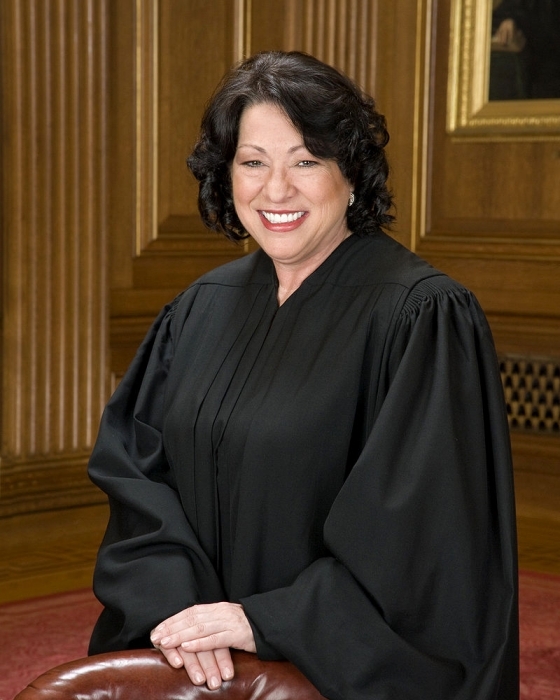Perez v. Florida (2017)
By David L. Hudson Jr.
In Perez v. Florida, 580 U. S. ____ (2017), the U.S. Supreme Court declined to review the conviction of a man who apparently stated while drunk that he could blow up a liquor store and the whole world. Justice Sonia Sotomayor wrote a separate opinion, concurring in the denial of certiorari but explaining that the Court needed to address gaps in its true threat jurisprudence.
Perez was convicted for threatening to blow up a liquor store
Robert Perez was convicted under a Florida law that makes it a felony “to threaten to throw, project, place, or discharge any destructive device with intent to do bodily harm to any person or with intent to do damage to any property of any person.” A jury convicted him, and he was sentenced to 15 years in prison. The jury instructions provided that the jury need only determine that Perez made the threatening statements. After failing in the Florida appellate courts, he filed a petition with the U.S. Supreme Court.
Sotomayor said Court should clarify true threat jurisprudence
The Court declined to hear his appeal. Sotomayor agreed that it was proper to deny the petition, because the First Amendment issues were not addressed in the lower courts. However, she wrote that the Court needed to clarify its true threat jurisprudence that included Watts v. United States (1969), Virginia v. Black (2003), and Elonis v. United States (2015).
She wrote that the jury instruction and Perez’s conviction raised serious First Amendment concerns, because his drunken ramblings likely were not statements indicating a real intent to cause harm.
“Together, Watts and Black make clear that to sustain a threat conviction without encroaching upon the First Amendment, States must prove more than the mere utterance of threatening words — some level of intent is required,” she wrote. “And these two cases strongly suggest that it is not enough that a reasonable person might have understood the words as a threat— a jury must find that the speaker actually intended to convey a threat.”
She said the Court needed to address what level of intent is required to sustain a true threat conviction – a question the Court avoided in Elonis.
David L. Hudson, Jr. is a law professor at Belmont who publishes widely on First Amendment topics. He is the author of a 12-lecture audio course on the First Amendment entitled Freedom of Speech: Understanding the First Amendment (Now You Know Media, 2018). He also is the author of many First Amendment books, including The First Amendment: Freedom of Speech (Thomson Reuters, 2012) and Freedom of Speech: Documents Decoded (ABC-CLIO, 2017). This article was originally published in 2017.
cited https://mtsu.edu/first-amendment/article/1471/perez-v-florida
Read MORE Below – click the links

